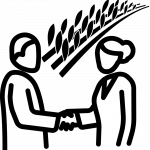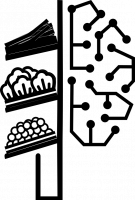LOWINFOOD aims to demonstrate the efficacy of four types of innovations, which should be able to address the problem of fruit and vegetables food loss and waste across the upstream value chain, from agricultural production up to retail.
In practice, the objective is to measure to what extent these innovations reduce losses and waste of fruit and vegetables along the supply chain; improve its efficiency, and increase the use and consumption of fruit and vegetables through recovery and redistribution.



